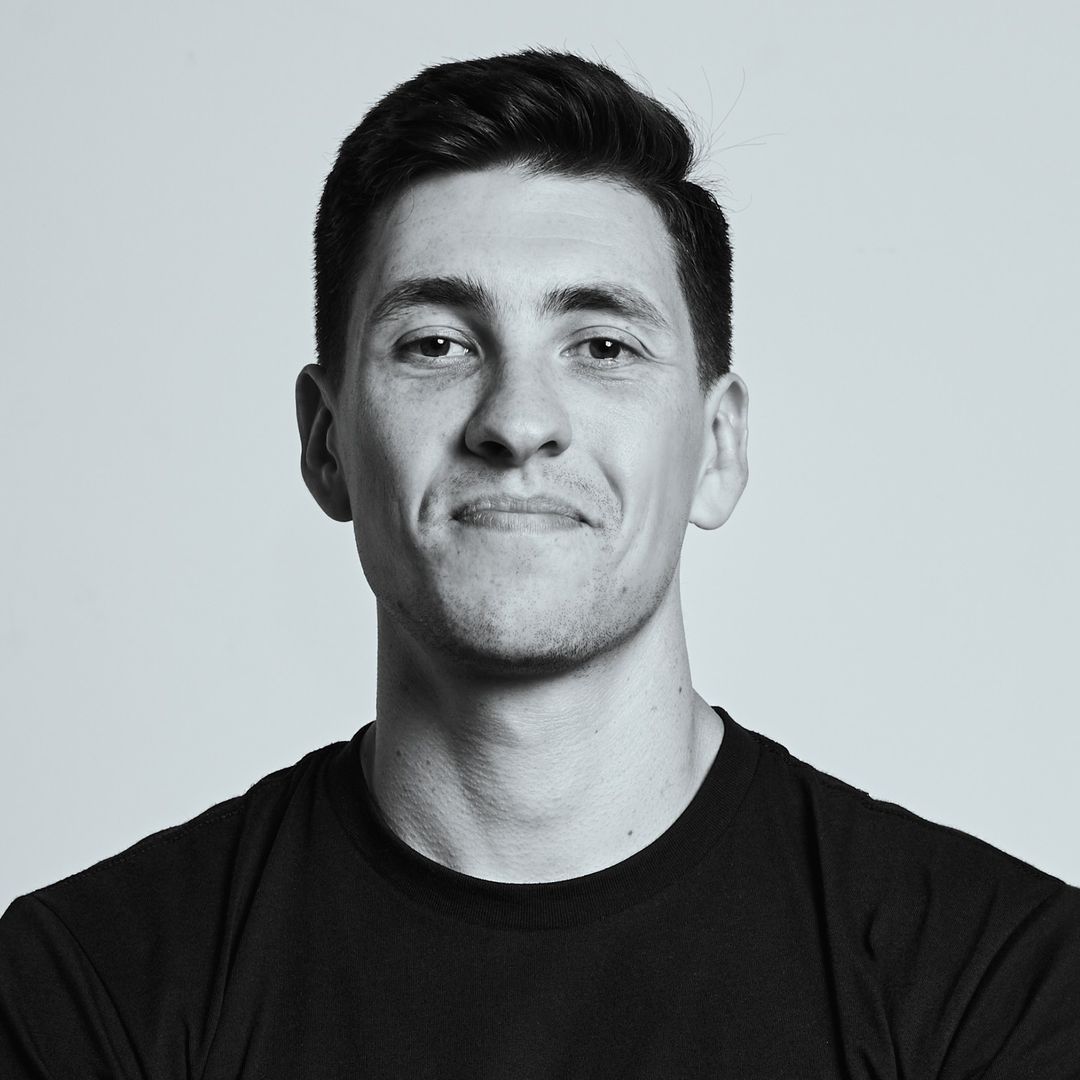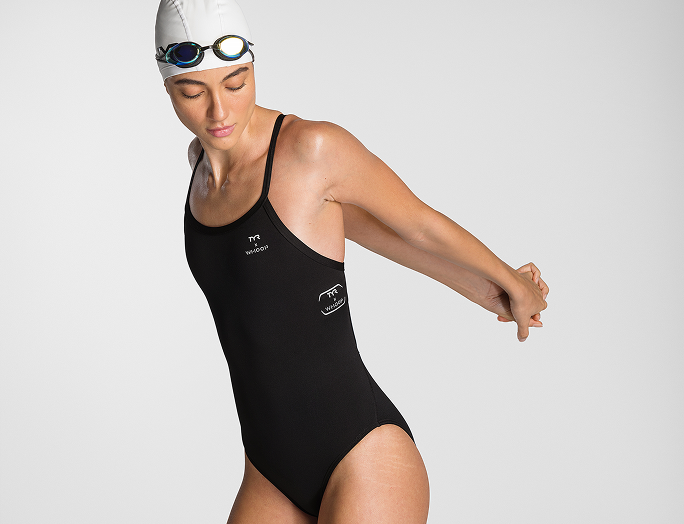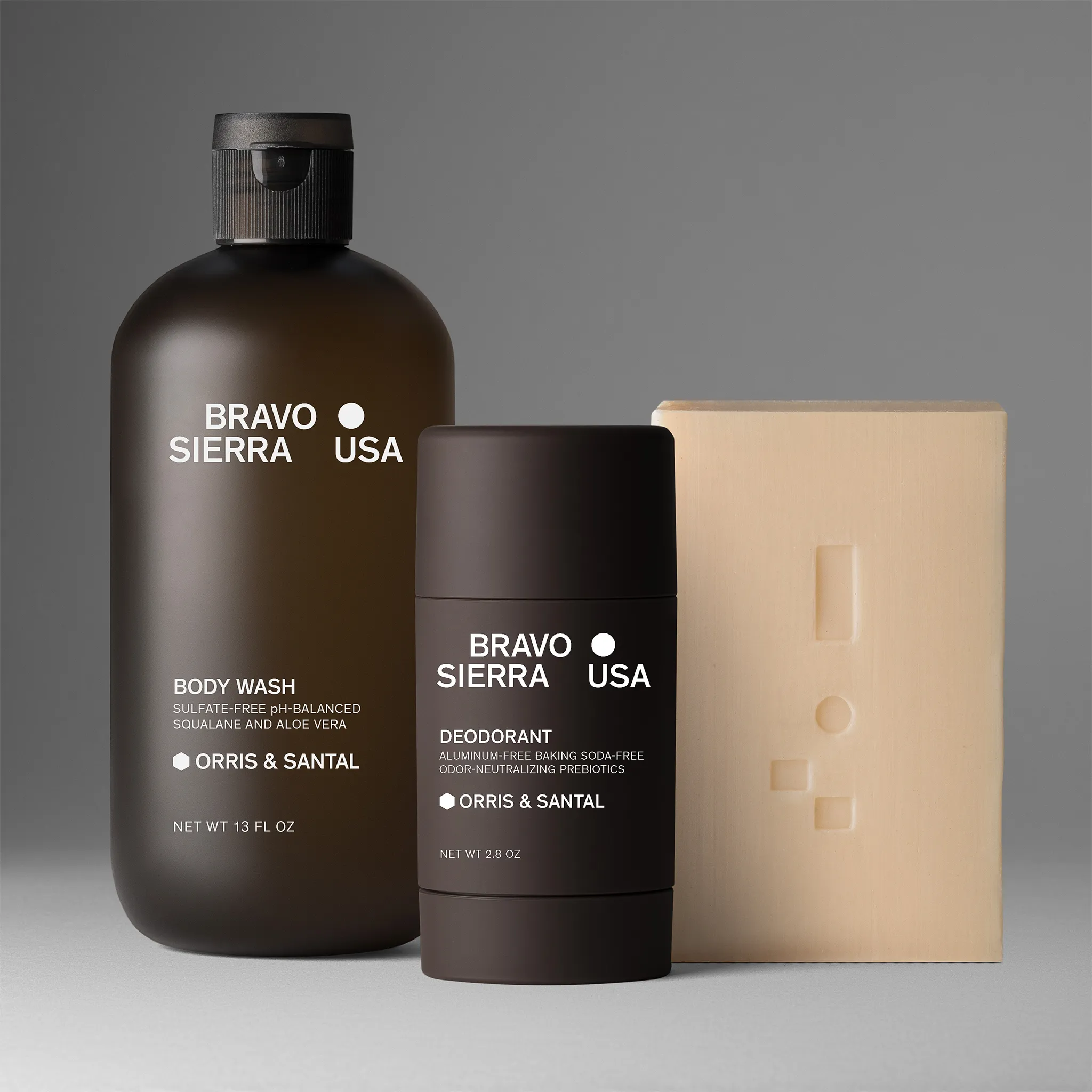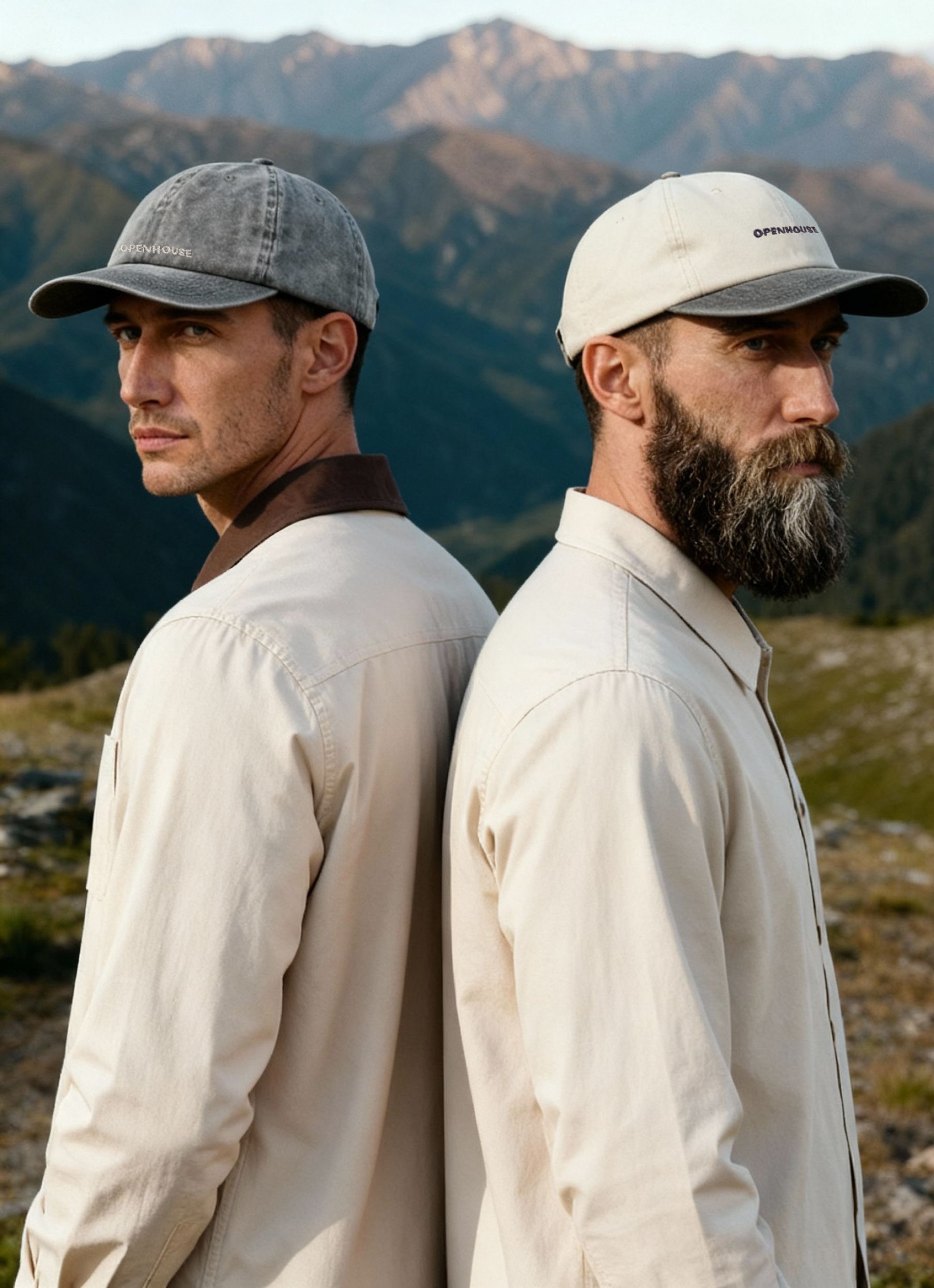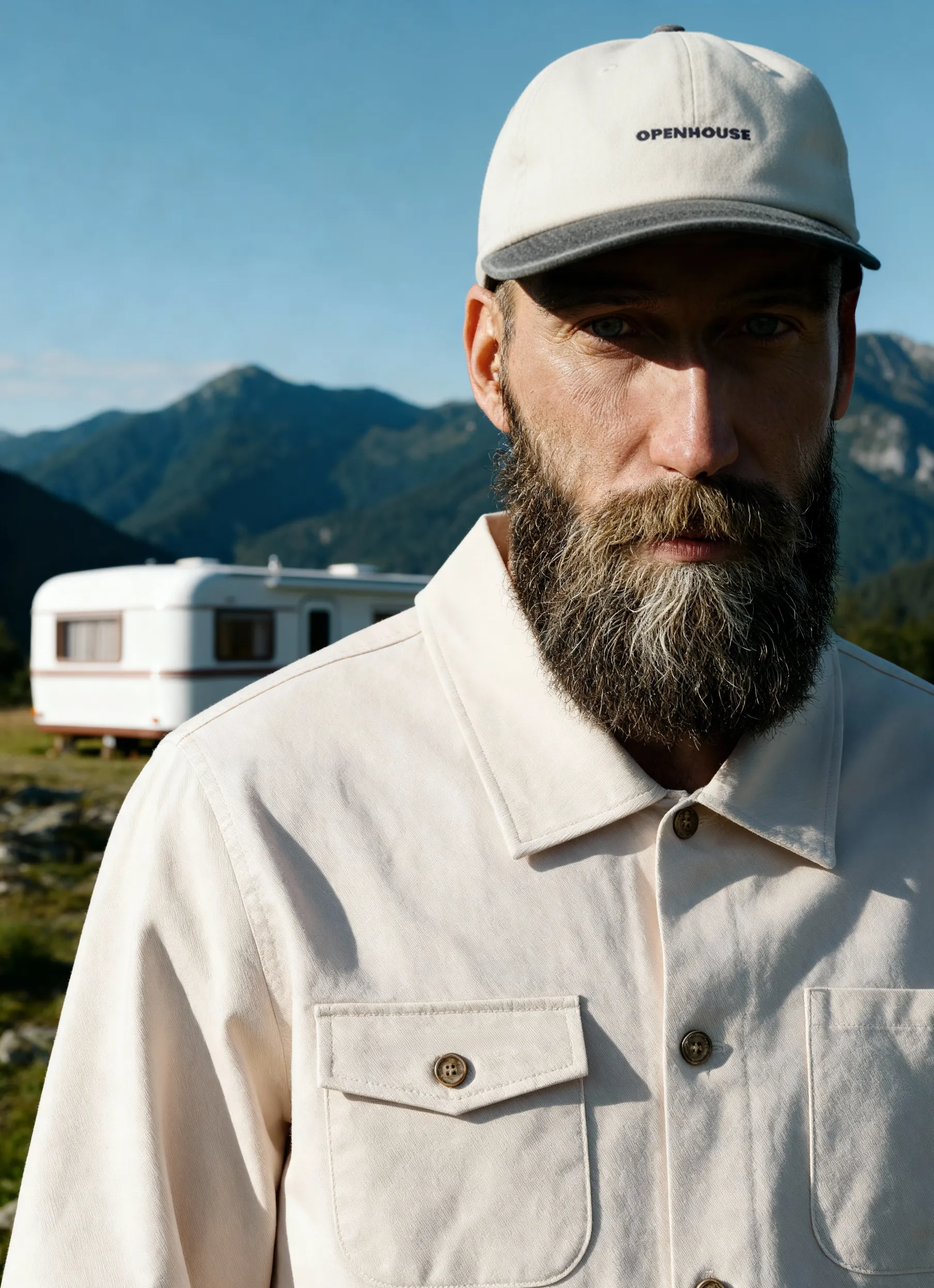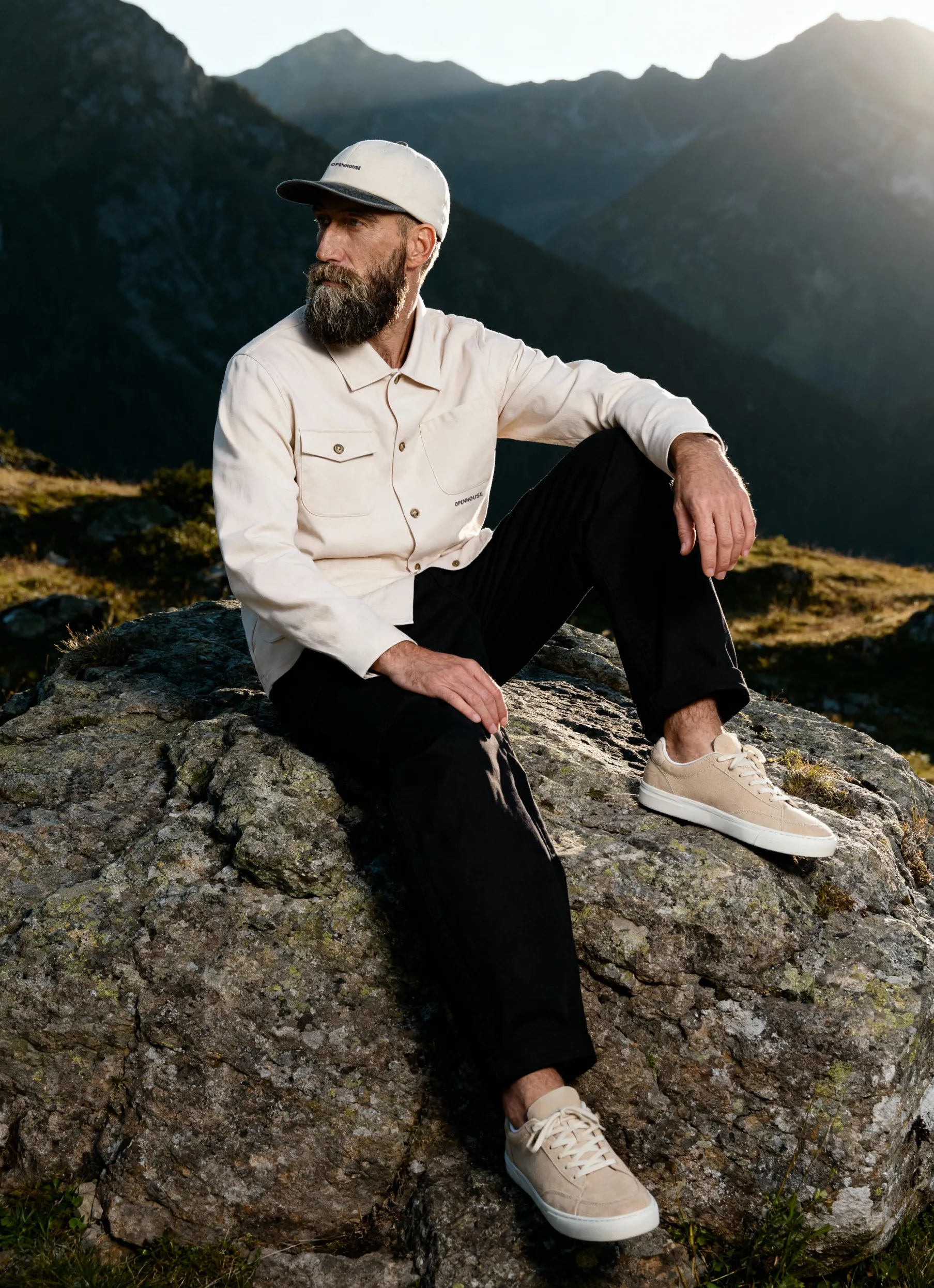About 63% of online shoppers think photos are more crucial than product descriptions. Images quickly show a product’s look, size, color, and other details. For brands targeting any niche (a specialized segment of a larger market), photos are a game changer. And fashion commercial photography is a perfect example of this.
Fashion commercial photography involves taking pictures of clothing, accessories, or other related items in a way that makes them appealing to potential buyers. Unlike regular ecommerce photography, which usually aims to show the true look of the product, fashion commercial photography sells an idea, and mood behind the brand, where the product is the main character. It sells you a feeling. Such images never show just one thing. They portray an entire look and sometimes even a setting for it, creating an opportunity to sell much more than you originally came for.
This article breaks down fashion commercial photography and shows ecommerce specialists how to carve out a niche for their brand through these photos. For those ecommerce enthusiasts who love diving into details and perfecting every aspect to outshine their competitors, this is a roadmap to succeeding in fashion commercial photography.

KEY ELEMENTS OF FASHION COMMERCIAL PHOTOGRAPHY
When working on regular ecommerce photography, a brand's team usually tries to make the product look as realistic as possible. This helps set the buyer's expectations right and reduces the chance of returns.
In contrast, a team working on fashion commercial photos usually aims to set a mood, showcase the brand's style, or start a trend. Another goal is to give the audience ideas for creating outfits by pairing the featured product with other pieces.
Here are the core elements to consider when turning your product shot into true fashion photography:
- Models. When selecting models for the shoot, make sure they fit your brand's image and appeal to your target audience. Consider each model's look and style and how well they represent your brand's values and aesthetics. A suitable model creates a stronger connection with your customers and boosts brand loyalty.
- Lighting: Different lighting setups let fashion photographers convey different moods and highlight or hide product features. For example, frontal lighting is good for standard shots, while side lighting can add depth and drama.
- Composition and Style: Composition is about arranging elements in the frame, while style is the overall look, including colors and settings. Consistent styling reinforces your brand identity and makes your images recognizable, giving your brand a unified look. Thoughtful composition ensures that every element within the frame contributes to a clear and visually appealing image.
- Location and Background: The location and background set the scene for your product photos. Ensure they align with your brand's style, and enhance the fashion items. For example, for minimalist brands, opt for clean, refined backdrops. For bright, colorful items, choose backgrounds that make the colors pop without distracting from the product. For ecommerce, simple backgrounds often work best to keep the focus on the product.
- Props: Props are additional items that enhance your fashion product photos, add context, or highlight features. Choose props that complement your product and brand without taking attention away from the main subject. Props can include decor, accessories, and thematic items.
- Stylization: Stylists work with photographers to perfect every detail of a fashion shoot, including coordinating the entire outfit, from clothing to accessories. They also manage the appearance of materials, showcasing textures and combining layers to create depth. Even when shooting without a model, stylists arrange fashion products to be eye-catching and align with the intended style.
UNLOCK YOUR BRAND'S NICHE
A well-executed product photoshoot can help a fashion brand find its place in the market. Think of it as a well-calibrated weapon: you take the perfect shot and hit your target.
And here is why.
Defining Your Brand's Audience
Visuals appeal to consumers with specific tastes: they highlight qualities that connect with buyers. A good example is Coperni, a brand born in Paris and known for its bags with unusual shapes and materials. Vogue Australia called it a "niche brand" for its blend of simplicity and modernism. Product photography is key in making Coperni niche. Its fashion photos have a clean, simple look, often featuring the item in the spotlight with minimal background distractions. The emphasis is on the shapes and lines of its designs, showcasing angular and uneven forms. This reflects the brand's philosophy: "its vibe attracts its tribe."

Photography style influences who is drawn to the brand - its target audience. Polished fashion photos will catch the eye of people looking for high-end, premium products. Casual, everyday snapshots appeal more to those who want something relatable and down-to-earth.
Impacting sales
Photography shapes how customers perceive products and influences their purchasing decisions. High-quality images make products appear more desirable. Just take a peek at brands like Balenciaga. High-end product photos make them look top-notch and justify higher prices. In a nutshell, visuals can and will impact how much revenue the company brings in.
“Fashion commercial photography is essential in shaping the shopper's first impression of an item. It helps to see the fit of clothing and gain inspiration on how to wear it. Each photo shoot can tell a story that evokes emotions or memories, making the clothing pieces part of a larger narrative. When customers connect with the story, they are more likely to want to be a part of it,” explains Kate Kutuzova, Photo Producer at Squareshot.
Developing Community Through Visual Consistency
Fashion commercial photography can tell a brand’s story and reflect its values. Whether a brand is eco-friendly, street style, or innovative, photos can mirror these qualities. Consistency in reflecting the brand’s values through visuals helps build a community around the brand. This approach persuades consumers not just to buy products, but to embrace a lifestyle.
MAKE YOUR FASHION BRAND STAND OUT
In 2023, U.S. online sales of clothing and accessories reached $134.5 billion, and competition is fiercer than ever. This underscores that in the fashion industry, brands go head-to-head.
In this dynamic environment, one of the many ways to stand out from competitors is by working hard on photography that makes a brand visible to its buyers. To really differentiate with your ecommerce photos, pay attention to these aspects:
Consistency
Consistency ties your visual elements together, creating a strong brand image. It delivers a clear, recognizable perception of your products. Consistent style, background, lighting, and editing make your product listings look unified and professional.
According to eMarketer, 60% of US digital shoppers want to see at least 3-4 images before buying. 13% want 5 or more.
Fresh perspective
Approach photography with fresh, creative ideas. Unique angles (the perspective from which a photo is taken) and lighting can make your fashion brand stand out. Even simple shots on a plain white background can pop with small twists, such as placing a product in a way that casts a big shadow. This adds depth and makes the image more attractive.
Here is where it's a good idea to rely on professional photographers and choose the right photography service to get the job done.
Collaboration with fashion photographers
Photographers have their own vision and style, which can align with your brand’s identity. By teaming up, a brand can infuse its photos with that photographer's artistic touch.
Juergen Teller x Marc Jacobs, Annie Leibowitz for Louis Vuitton, Prada items by Steven Meisel, Mario Testino and Burberry are just a few standout examples. Such collaborations showcase the brand’s character through the photographer’s style.
Understanding the impact of on-model product photography
Using photos of products on models is another powerful way to set your brand apart. When buyers see how a product looks on a person, it gives them a clearer idea of its real-life appearance. Studio lighting, model outfits, backgrounds, retouching, and overall look contribute to your brand’s image. Skilled commercial photographers and fashion models can convey this through their work.
Model photography also influences the lifestyle vibe of your brand. For example, brands like Vetements use models with an edgy, unique look to match their rebellious style. While brands like Lululemon might use athletic, natural-looking models to highlight their focus on activewear and inclusivity.

Here are a few examples of how on-model product photos can help differentiate your brand from competitors:
Model Casting
- High-End Vibe: Use runway-type models to create an aspirational, high-end touch. These models often have striking features and a polished look that can elevate your brand, making it appear more exclusive and aligning it with high fashion. For example, Ralph Lauren uses sophisticated models to emphasize their classic, luxury appeal.
- Natural Look: Choose regular, natural-looking models for a more relatable feel. This can make your products seem more accessible and wearable for everyday customers. This approach helps your brand stand out by emphasizing authenticity and relatability, attracting customers who value these traits. For instance, Gap uses diverse, everyday models to reflect their inclusive and approachable brand image.
- Inclusivity: Showcase diverse models to highlight inclusivity and body positivity. Using models of various ethnicities, sizes, and ages can show that your brand values diversity and inclusiveness. This approach differentiates your brand by appealing to a broader audience and promoting a positive social message. For example, Aerie is known for featuring women of all shapes, sizes, and ages in their campaigns, promoting body positivity.
- Unique and Edgy: Select models with unique or unconventional looks to create an edgy, distinctive vibe. This can make your brand stand out as bold and forward-thinking. For example, Diesel uses models with striking and sometimes unconventional features to match their bold, urban style.

Lighting
- Technical Lighting: Bright, even lighting clearly shows product details. This type of lighting ensures that the product is the focal point, with all its features and textures visible. This approach transforms your ecommerce photos by making them clear and informative, helping customers make informed purchase decisions. It differentiates your brand by prioritizing transparency and clarity.
- Mood Lighting: Creative lighting can set a specific mood, adding depth and sophistication. For example, dim lighting with shadows can create a mysterious, high-end look. This approach adds emotional and aesthetic depth to your photos, making them resemble high-fashion editorials. It helps your brand stand out by creating a distinctive atmosphere that resonates with your brand identity.
- Natural Lighting: Using natural light can create a soft, authentic feel. This type of lighting can make your photos look more organic and less staged. This approach can transform your ecommerce photos by making them feel more genuine and relatable. It differentiates your brand by emphasizing simplicity and natural beauty.

Styling
- Product-Focused Styling: Simple styling ensures the product remains the main focus, typical of regular ecommerce photos. This approach makes your photos clear and straightforward, helping customers see exactly what they are buying. It helps differentiate your brand by emphasizing functionality and simplicity.
- Thematic Styling: Elaborate styling tells a story or creates a theme, adding interest and context. For example, using props and backdrops that match the season or a specific trend can make your photos more captivating. This approach transforms your photos into editorials, making them feel more like high-fashion spreads. It helps your brand stand out by providing a richer, more immersive experience.
- Lifestyle Styling: Incorporate elements that reflect a specific lifestyle, such as beachwear styled with beach props or urban clothing styled in cityscapes. This approach can transform your photos by connecting the product to a particular way of life, making them more desirable. It differentiates your brand by highlighting the lifestyle that your products represent.

Model Poses
- Regular Poses: Everyday poses create a natural, believable look. These poses help customers envision themselves wearing the products in their daily lives. It also differentiates your brand by focusing on realism and practicality.
- Dramatic Poses: Unusual, dramatic poses can set a striking mood and draw extra attention. These poses can convey a sense of drama and artistry, making your products seem more exciting and desirable. This approach transforms your photos by adding a high-fashion element and helps your brand stand out by creating memorable and impactful images.
- Active Poses: Using models in action poses, such as jumping, running, or dancing, can showcase the functionality and versatility of your products. This approach is particularly effective for activewear brands and helps differentiate your brand by highlighting the dynamic, active lifestyle associated with your products.

At Squareshot, we collaborate with a diverse range of models to create photos that authentically represent your brand. We provide models of various ethnicities, age groups, sizes, and body types. This ensures you can find the fit that aligns with your brand's look and feel.
We also assist you in selecting outfits that accentuate your products. You can opt for full-body shots or focus on specific body parts to suit your brand's needs.
Browse our model clothing photography service to see how Squareshot can help you with on-model photos.
BRIDGE TO NEW COLLABORATIONS
Fashion product photography serves not only as sales content but also as a powerful marketing tool. It expands how brands can connect with their customers through various channels and opens doors to new opportunities.
In fashion business, photos come in handy in both business-to-consumer (B2C) and business-to-business (B2B) contexts. In B2C, high-quality visuals directly engage and attract individual buyers. In B2B, however, these images play a crucial role in creating selling points of contact with other businesses.
For B2B, effective fashion product photography can help brands establish and strengthen relationships with retailers and distributors. A brand’s fashion shoot style can resonate with other companies and result in partnerships. High-quality commercial photos can lead to partnerships with marketplaces like Farfetch or Net-a-Porter, enhancing visibility and expanding your reach.
Fashion commercial photography acts as a bridge for collaboration not only between brands and retailers but also among brands themselves. By showcasing products in a visually striking and stylish manner, brands attract potential collaborators from other companies, boosting their visibility and appeal. This collaborative potential helps brands stand out and engage with a wider audience, creating opportunities for joint ventures and cross-promotional efforts.
The same applies to partnerships with influencers and creators. Distinct aesthetics help brands connect with influencer subcultures they might not otherwise reach. Creators post lifestyle photography, allowing followers to see products in real life, which adds trust. According to Streetbees, 58% of people trust influencers, and 14% express complete trust in the creators they follow.
TAKEAWAYS
Fashion commercial photography is a useful tool for showcasing a brand’s style and creating a niche, as high-quality images can greatly impact customer perception and boost sales. Consistent, well-aligned visuals make products more appealing and build a strong, recognizable brand image. Working with a professional photo service can improve your brand’s visibility and open new opportunities.
At Squareshot, we help create visual identities that strengthen brands. Over 2,000 clients trust us for their commercial photo needs. Book a demo call to see how we can highlight your brand’s unique style in the competitive fashion market.
Product A
SQUARE SHOT





